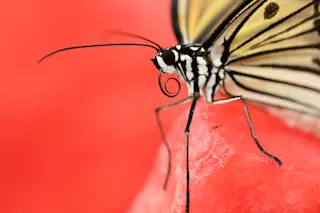Sorry, peaceniks. New research that takes an innovative approach to charting the evolution of lethal violence has found that Homo sapiens evolved from a particularly brutish branch of mammals. A proclivity for smashings and bashings is in our DNA. Before you punch something because this news upsets you, though, take heart: the researchers also found that our propensity for killing each other can be mitigated.
Trying to figure out why humans are prone to killing other humans has bedeviled many scientists and philosophers along the way. Part of the problem is that the very topic of violence involves a mosh pit of potential influences that are tough to pull apart in any kind of scientifically robust way.
Researcher José María Gómez and colleagues took a novel approach to cutting through all the noise by turning to phylogeny, which charts how a species develops and then radiates out into different species.
...














